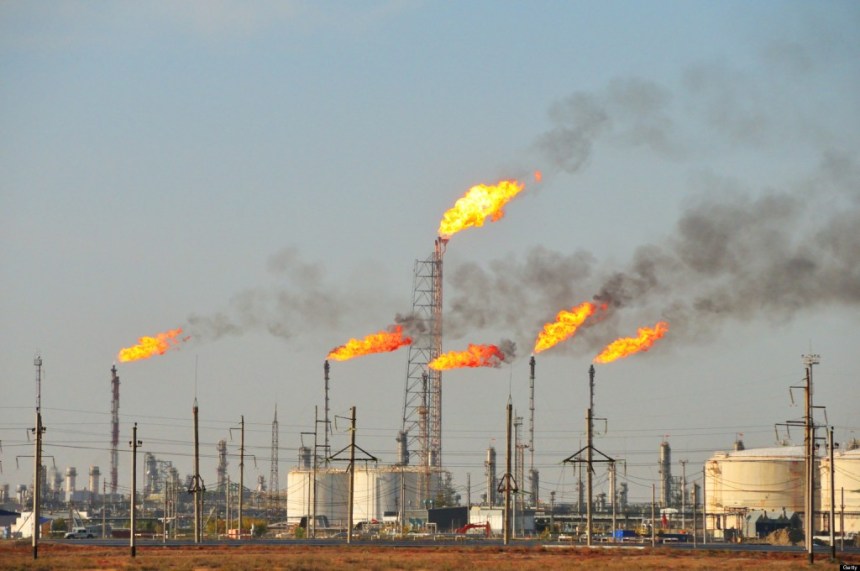Tech giant Samsung Electronics Co Ltd said on Monday it is considering adding NAND memory chip production capacity at its manufacturing base in China amid an industry-wide boom that will likely fuel record sales for memory suppliers.
Samsung, the world’s biggest memory chip maker by sales, has already invested $7 billion in the Xi’an facility to make 3D NAND memory chips. The chips are used for high-end data storage products on electronic devices such as smartphones, personal computers and data servers, and their prices have surged in recent months as suppliers struggle to keep up with demand.
“Samsung Electronics is considering various investment options to address the NAND flash market, including Xi’an, China, but nothing has been decided yet,” the company said in a regulatory filing without elaborating on details such as scale of potential investment.
South Korean media reports earlier on Monday said Samsung was in advanced talks with the Chinese authorities to add 3D NAND chip capacity in Xi’an, and that construction could begin before the year-end.
Memory chip companies are expected to enjoy record revenue and profit in 2017, driven by growing demand for more processing firepower in consumer electronics, and diminishing production yield on investment as technology grows more sophisticated. Researcher IHS expects this year’s memory industry revenue to jump 32 percent to a record $104 billion.
Industry executives and analysts said 3D NAND suppliers will likely struggle to keep up with orders throughout 2017.
Samsung and its rivals have been boosting 3D NAND investment accordingly. While Samsung has so far not given specific targets, it said in April that capital expenditure would rise significantly this year in part due to plans to boost 3D NAND production capacity.
Samsung expects to start production at a 15.6 trillion won ($13.92 billion) 3D NAND plant in South Korea in the second half of this year, but analysts said output from the new facility likely will not be enough to alleviate supply shortages for 2017.
Courtesy Reuters








